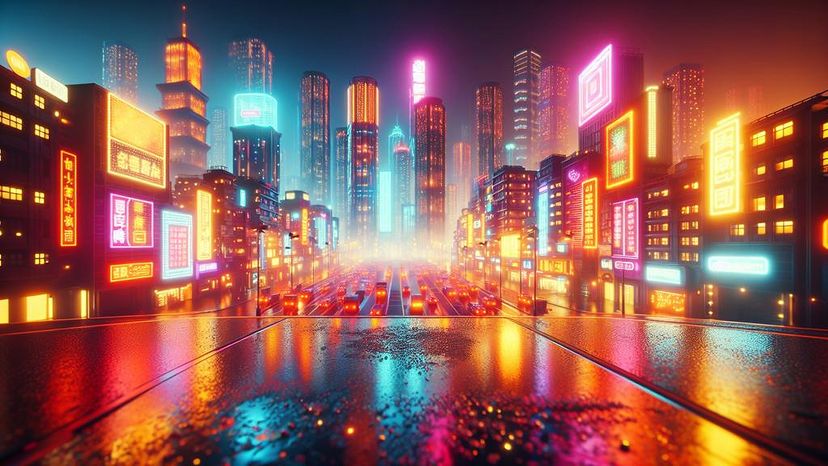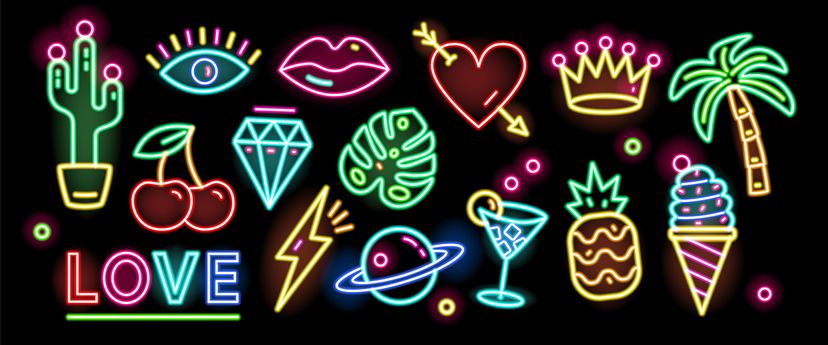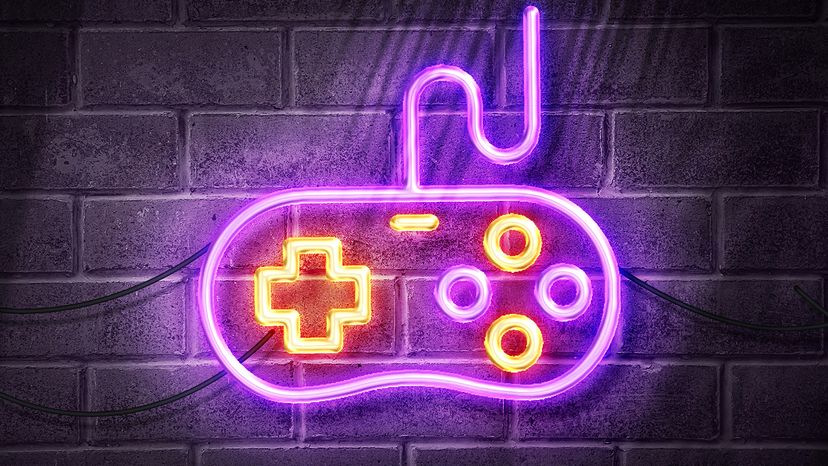
Neon colors, also sometimes referred to as fluorescent colors, are the rock stars of the visible spectrum — bold, electric and impossible to ignore.
These extremely bright versions of primary and secondary colors seem to glow, bursting with vibrant energy. Neon hues like neon green, neon pink and neon purple aren't just colors; they're experiences, radiating excitement wherever they're used.
Advertisement
Whether it's neon cyan in a piece of psychedelic art or neon yellow on a high-visibility jacket, these bright colors command attention. Neon shades bring an electric vibe to everything from fashion to interior design, making them as versatile as they are dazzling.

